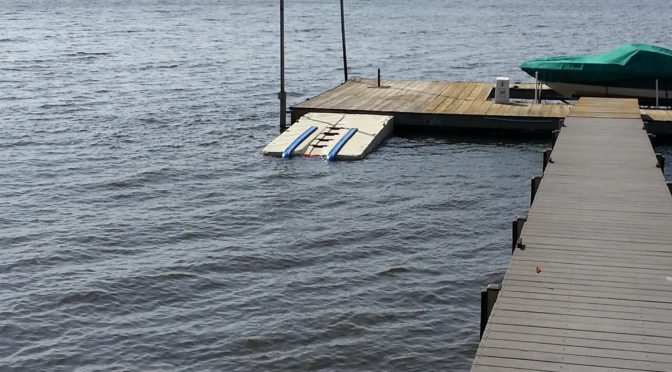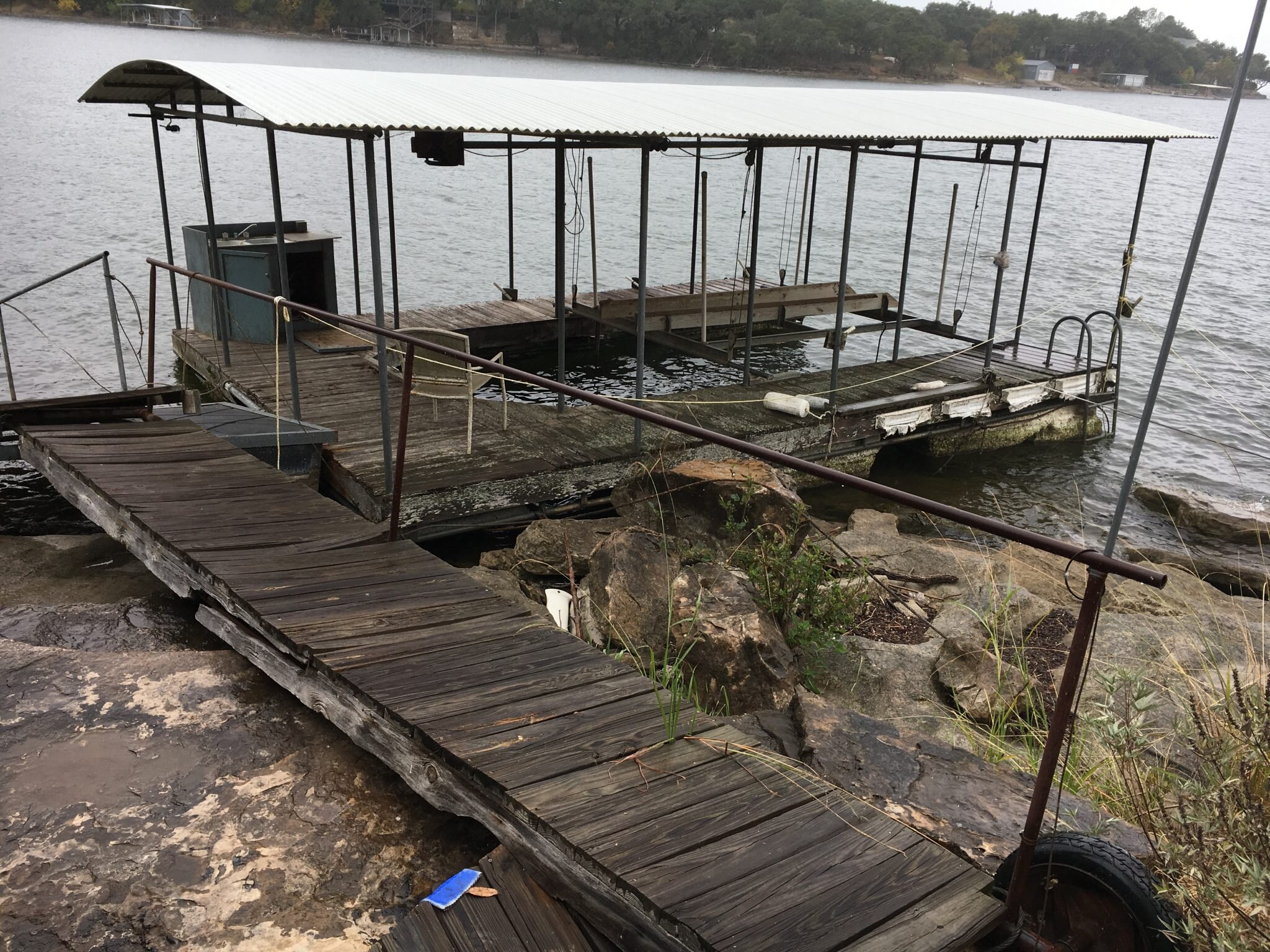Comprehending the Prices Involved in Dock Repairs
Comprehending the Prices Involved in Dock Repairs
Blog Article
Efficient Dock Repair Techniques: Making Certain Architectural Stability
Ensuring the architectural honesty of docks through effective repair techniques is vital for the long life and safety of aquatic facilities. This involves a multi-faceted method beginning with extensive assessments using sophisticated technologies like sonar devices and remotely ran lorries (ROVs) to spot both noticeable and concealed problems. Subsequently, choosing the right repair service materials, such as corrosion-resistant alloys and composite materials, is important for toughness. Architectural reinforcement techniques, including the execution of cross-bracing systems and load-distribution plates, play an important function in mitigating tension factors. Nevertheless, the relevance of these techniques ends up being noticeable when checking out innovative fixing approaches and preventative upkeep techniques.
Assessing Dock Damages
Evaluating dock damage is an essential initial step in making sure the structural honesty and security of any kind of docking facility. Key elements to examine include the dock's structure, pilings, decking, and equipment (Dock Repairs).
Architectural engineers or qualified inspectors normally perform these assessments using specialized tools and strategies. For example, underwater examinations may employ finder equipment or remotely operated lorries (ROVs) to find immersed damage. Above water, aesthetic assessments are complemented by using dampness meters and various other diagnostic devices to reveal underlying problems not right away visible to the naked eye.

Finding Repair Work Materials
Choosing the appropriate fixing materials is a pivotal step in the dock remediation procedure, one that directly affects the durability and performance of the fixed structure. Product option have to be driven by aspects such as ecological conditions, load-bearing needs, and compatibility with existing dock parts.
In addition to wood, composite materials are progressively popular as a result of their longevity and reduced maintenance needs. Composites, normally made from a blend of plastic and wood fibers, use outstanding resistance to rot, pests, and UV damage. For metal anchors, picking corrosion-resistant alloys such as galvanized steel or marine-grade light weight aluminum is important to protect against corrosion and make certain architectural honesty in saline water problems.
Epoxy resins and marine-grade sealants are vital for fixing fractures and securing joints, offering a water-proof barrier and improving the dock's general toughness. By thoroughly choosing premium products, dock repairs can attain long-lasting outcomes, therefore guarding versus future destruction and ensuring risk-free, dependable use.
Structural Support Methods
Efficient architectural reinforcement strategies are essential in making certain the stability and longevity of dock repairs. This technique is particularly effective for docks revealed to heavy lots or rough environmental problems.
One more necessary method is the application of fiber-reinforced polymers (FRP) These products supply high strength-to-weight ratios and exceptional resistance to rust, making them perfect for strengthening wooden or concrete anchors. FRP can be applied in strips or sheets and bound with epoxy resins to enhance structural stability.
Supporting and anchoring systems likewise play an important duty in structural reinforcement. Cross-bracing, utilizing steel or wood light beams, can combat side pressures, decreasing persuading and motion. Securing systems, such as helical piers or driven stacks, supply a steady structure by moving tons to deeper, more stable soil layers.
Lastly, the combination of load-distribution plates can help disperse weight much more equally across the dock's surface, mitigating localized anxiety site link points. These techniques jointly make sure link that docks remain robust and safe, efficient in holding up against the roughness of their operational atmosphere.
Advanced Repair Techniques

An additional sophisticated strategy includes underwater welding, which permits repair services to be conducted without the demand to dewater the area. This method is particularly advantageous for resolving architectural issues in immersed dock components, ensuring minimal disruption to operations. Enhanced welding techniques, paired with robot systems, supply accuracy and integrity, thereby prolonging the life expectancy of the dock.
Furthermore, cathodic defense systems are carried out to stop corrosion in metal dock structures. By utilizing sacrificial anodes or satisfied current systems, these techniques successfully mitigate the electrochemical procedures that result in product damage.
Finally, progressed tracking technologies, such as architectural health monitoring (SHM) systems, provide real-time data on the problem of dock frameworks. These systems make it possible for aggressive upkeep and prompt treatments, inevitably ensuring the lasting architectural integrity of the dock.
Maintenance and Avoidance
Upkeep and prevention are basic concepts that underpin the long life and safety and security of dock structures. Normal examinations are vital, permitting very early discovery of wear and tear, possible weaknesses, and ecological effects. A proactive method, involving regular look for deterioration, rot, and structural shifts, mitigates pricey repairs and extends the dock's operational life.
Safety nets need to include applying protective layers to metal elements to defend against rust and making use of treated timber to withstand degeneration. In addition, making certain proper water drainage and ventilation can protect against water build-up, which is an Discover More usual root cause of structural destruction. Incorporating top quality materials and sticking to maker guidelines during building and construction and fixing stages also play important functions in enhancing resilience.

Training personnel in dock maintenance finest methods guarantees constant application of precautionary actions. Leveraging technological advances, such as drones for assessments and sensors for real-time tracking, can additionally boost upkeep initiatives. By prioritizing upkeep and prevention, dock proprietors can ensure structural integrity, operational security, and economical monitoring over the dock's life-span.
Conclusion
To conclude, keeping the architectural honesty of aquatic centers necessitates extensive dock repair work methods. Thorough examinations utilizing sophisticated tools uncover both visible and concealed problems, while the choice of proper fixing products enhances longevity. Applying structural reinforcement techniques addresses anxiety points successfully. Advanced repair service methods, paired with routine maintenance methods, make sure the dock remains risk-free and functional under varied ecological conditions. Embracing these approaches significantly extends the life-span and functionality of marine facilities.
Making certain the structural integrity of docks with reliable fixing strategies is paramount for the longevity and safety and security of marine facilities.Selecting the appropriate repair products is a critical step in the dock remediation process, one that straight affects the durability and efficiency of the repaired structure.Effective architectural support methods are important in guaranteeing the stability and longevity of dock repairs. By focusing on upkeep and prevention, dock owners can ensure architectural stability, operational safety, and cost-effective monitoring over the dock's life-span.
In verdict, keeping the architectural stability of aquatic centers demands extensive dock repair work strategies.
Report this page